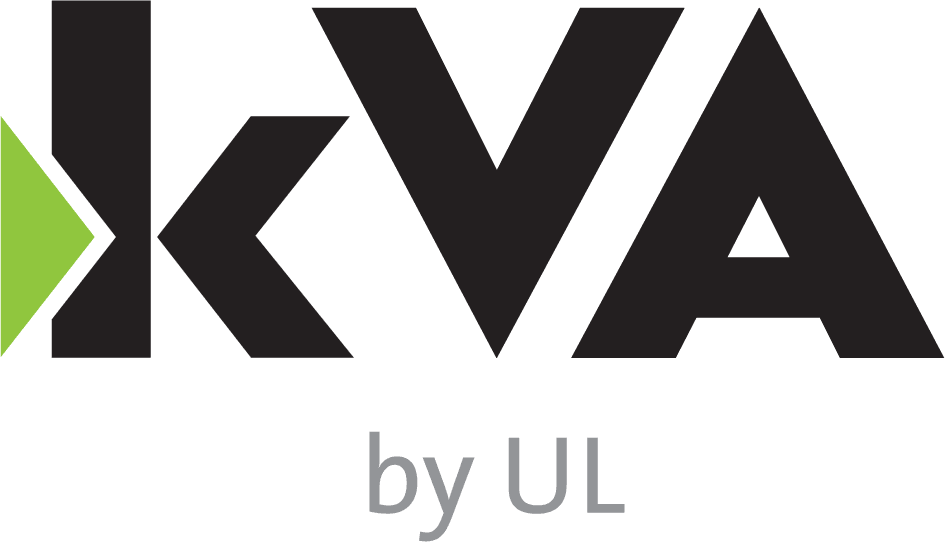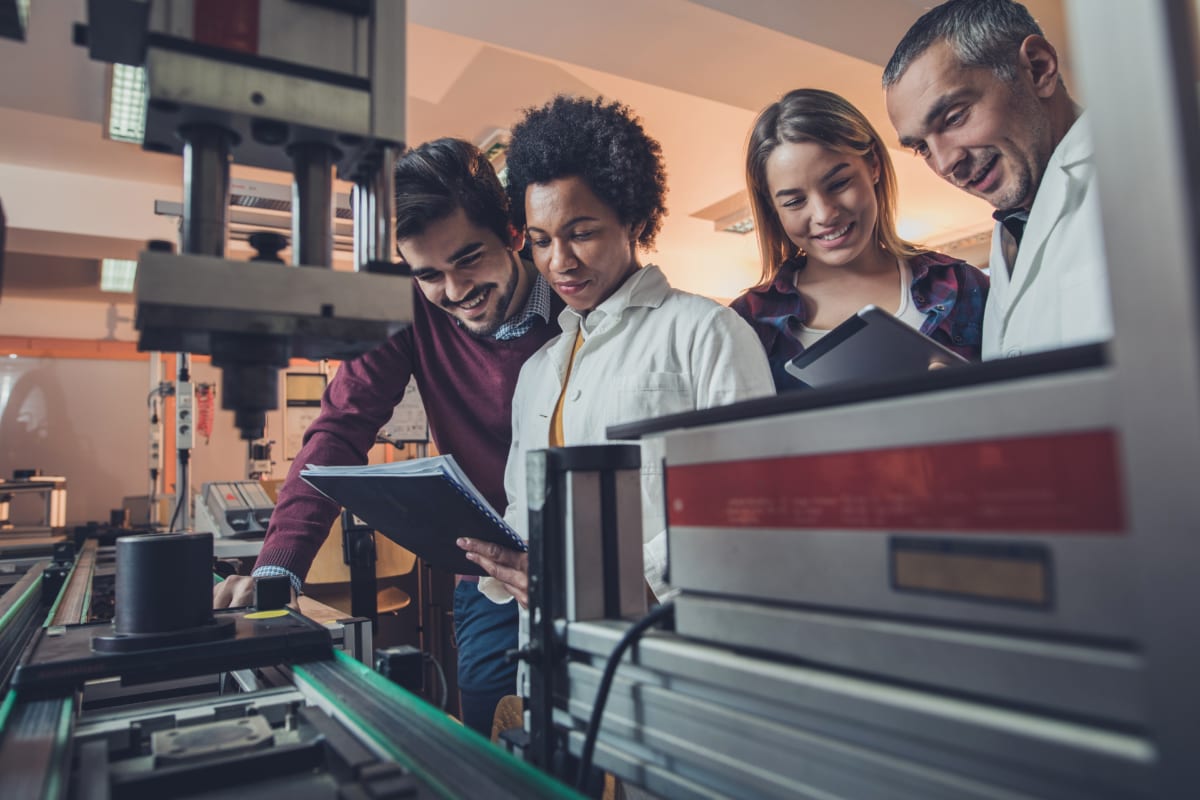Just as the world was transformed by the steam engine during the Industrial Revolution, our society continues to build on that momentum by adding connected devices to the industrial Internet of Things (IoT). Human-driven machines — or controlled machines with human oversight for safety — are transitioning to full machine control. This brings us to a new kind of industrial revolution that revolves around autonomy: Industry 5.0. As industrial systems become more connected, greater opportunities for failure arise in the safety and security sectors. As such, autonomy safety will increase its dominance in influencing the needs of industrial functional safety, cybersecurity and related services.
Industrial systems are moving toward networked, controlled systems with cloud-enabled features and monitoring. Fortunately, more data provides more chances to be proactive instead of reactive, meaning we can predict what might go wrong and perform preventive maintenance before a hazard occurs.
Autonomy is like a fifth industrial revolution soon to come for robotics. While we’ve had connected systems for years, the drive for safety in this space has been handled outside of robotics through safeguarding and other mitigations. However, as robots become more collaborative and enter more spaces where they must avoid harming nearby humans and causing other hazardous events, helping ensure the safety of those systems becomes more important. Digital factories, industrial robots and their associated systems — such as sensors, safety controllers and all the different interfaces they have with various types of loads and tools — drive more need to help ensure safety and reliability.
Our experts have seen this shift into areas like automotive functional safety being complemented by safety of the intended functionality (SOTIF) via ISO 21448 and UL 4600, the Standard for Evaluation of Autonomous Products. These lessons learned can also be applied to the industrial space. If we consider the operational design domain (ODD), isn’t the industrial environment just another specified use case to be part of a structured ODD? We are continuing to look at how we can take our cross-industry learnings and apply them to robotics. Industrial robotics has many different types of applications — some fixed, some wheeled and other specific types of uses. We hope to continue exploring these concepts with future education, standards development and efforts to help the industry gain confidence in these technologies.
UL has been at the forefront of supporting this transition by helping develop industry standards, providing education to the industry about these complex subjects as well as directly partnering with our customers to help ensure strong safety planning activities associated with these new technologies and challenges.

